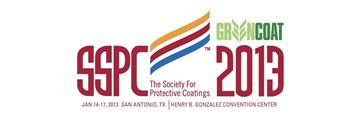Search
Individual Conference Papers
View as
Sort by
Display
per page
Sulfide Stress Cracking Of Low Alloy Steels For Oil And Gas Production: Revisiting The Effect Of Ni As An Alloying Element
Product Number:
51321-16549-SG
Publication Date:
2021
$20.00
Sulfide Stress Cracking Resistance of High Strength Low Alloy Steels with Varying Nickel Content
Product Number:
51319-12900-SG
Publication Date:
2019
$20.00
Sulfide Stress Cracking Resistance of Quenched and Tempered 41XX Low Alloy Steels with 26 HRC Max Hardness
Product Number:
51324-20958-SG
Publication Date:
2024
$40.00
Sulfide Stress Cracking Test of TMCP Pipeline Steels in NACE MR0175 Region 3 Conditions
Product Number:
51320-14446-SG
Publication Date:
2020
$20.00
Sulfide-Stress Cracking Threshold Stresses and Operational Limits for the Safe Use of UNS S17400 (17–4PH) in Oilfield Services
Product Number:
51320-14431-SG
Publication Date:
2020
$20.00
Sulfur/TAN Ratio Effect on Iron Sulfide (FeS) Scale Properties Challenged in Continuous Oil Flow
Product Number:
51319-13490-SG
Publication Date:
2019
$20.00
Supercritical CO2 Corrosion in Production Casing Due to Contaminated Gas Lift
Product Number:
51323-19211-SG
Publication Date:
2023
$20.00
Superhydrophobic and Nanostructured HPHT Stable Polybenzoxazine Nanocomposite Coatings for Oil and Gas
Product Number:
51319-13524-SG
Publication Date:
2019
$20.00
Supporting Integrity Management with a CP Digital Twin
Product Number:
51321-16401-SG
Publication Date:
2021
$20.00
Surface Comparison Profile - A Comparison of Measurement Methods
Product Number:
41213-731-SG
Publication Date:
2013
$20.00
Surface Hard Zone Phenomenon In TMCP Line Pipe For Sour Service: A State Of The Art Review
Product Number:
51321-16563-SG
Publication Date:
2021
$20.00












